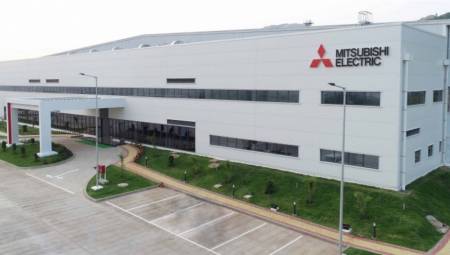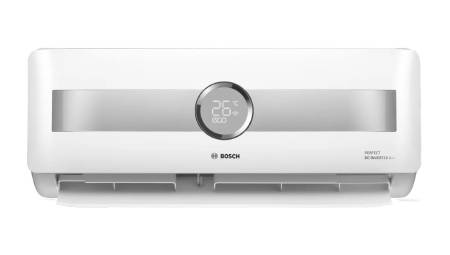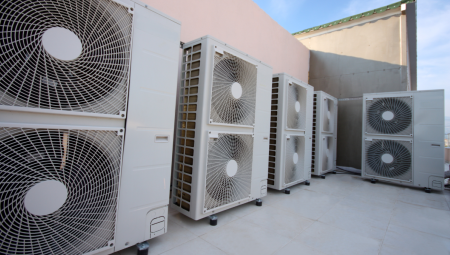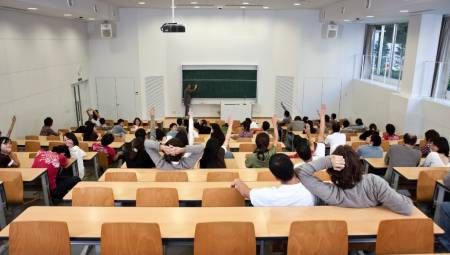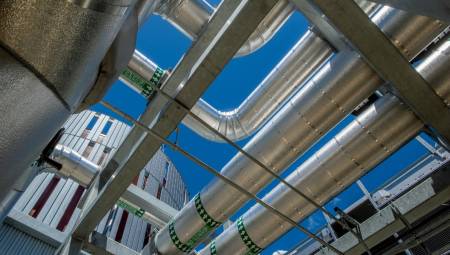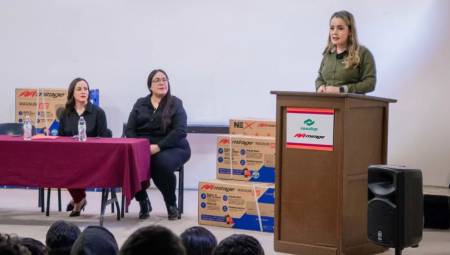 This type of equipment deserves much more attention from installers, operators and maintenance managers, since the efficiency of the equipment depends on the good handling that is given.
This type of equipment deserves much more attention from installers, operators and maintenance managers, since the efficiency of the equipment depends on the good handling that is given.
by Alfredo Sotolongo*
The most economical energy to produce is the one that is saved!
In many of the previous writings I have referred to the various components of central cold water plants such as chillers, water pumps, central controls, etc. In this issue I want to mention the cooling towers, since the most efficient chillers are those of condensation by water.
In my almost 50 years of professional life, I have had the opportunity to see and work on the application, selection and maintenance of cooling towers, not only ours but those of other manufacturers. I have been struck by the fact that in many cases such an essential component in the system is not given the importance it requires.
Let's start with the app. In air conditioning systems, whenever justified, they try to use water condensing chillers, because they usually become almost twice as efficient as air-cooled chillers. In industrial facilities, cooling towers play an important role, the different processes that generate heat must be cooled with water to take advantage of that energy and not waste it in the air. The attached photo shows a Protec tower with five cells for a total of 4,000 tons that is used in a combination of air conditioning and industrial process, where the owner's engineering department requested the lowest sound level that existed.
As in the process of cooling water using the outside air in the cooling tower heat and mass transfer occurs, due to the evaporation of water, the moist bulb of the air must be taken into consideration.
When selecting the cooling tower, whether for air conditioning or for industrial process, we consider the water temperature at the inlet and the desired value of temperature at the outlet of the tower, the wet air bulb and the water flow. For optimal selection in terms of capacity and initial cost, the diversity of the system could be considered. In other words, the group of thermal charges that occur coincidentally and their sum is less than the total connected load. This diversity can be reflected in the temperature differential between the inlet and outlet of water, which is known as the range.
For example, in the selection of cooling towers for air conditioning applications, the temperature range is subject to the selection of the chiller. Normally the range is 10⁰F and if the diversity were 20%, then the range to be used would be 8⁰F.
The maintenance recommended by the manufacturer of the cooling towers should be followed to the letter. This contributes to the elimination of the growth of bacteria inside the tower and that it operates at its maximum efficiency, resulting in an optimal operation of the entire plant, minimizing energy consumption.
In addition, cooling towers must be quiet especially in hospital or hotel applications. The quality of product research and development in the manufacturer's laboratory is reflected in the efficiency and low sound during the operation of the air conditioning system.
It is important that the model of the manufacturer that is selected has the capacity certifications regulated by the Cooling Technology Institute (CTI) and that in addition, the sound tests that it publishes are done in accordance with that institution.
It is important not to underestimate the cooling tower and dedicate the necessary time to its application, selection and maintenance. A successful selection and maintenance will achieve a more efficient air conditioning system, prevent the growth of bacteria and the lowest possible sound level.
If you need more information on any of the topics covered in this column, please contact me at the mail: [email protected]
* President of Protec, Inc., is certified as a professional engineer in Puerto Rico and the state of Florida; has more than 40 years of experience in the application and sale of systems and equipment for energy conservation. He is a member of ASME (American Society of Mechanical Engineers), AEE (Association of Energy Engineers), ASHRAE and was president of the Miami chapter of that association.





